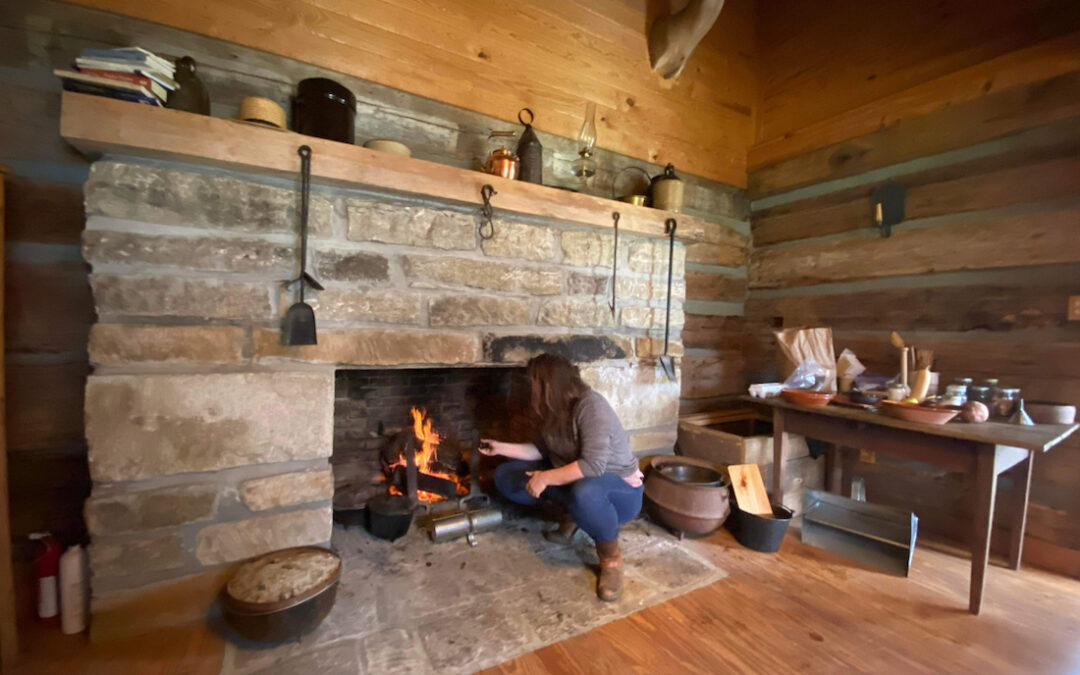In honor of National Log Home Month, we’re looking back at how American pioneers, many of whom most likely lived in log homes, would have prepared meals. While there are many recipes that were popular among pioneers that would still be good today, cornbread was a staple then and in many parts of the U.S. remains a favorite.
Cornbread Ingredients: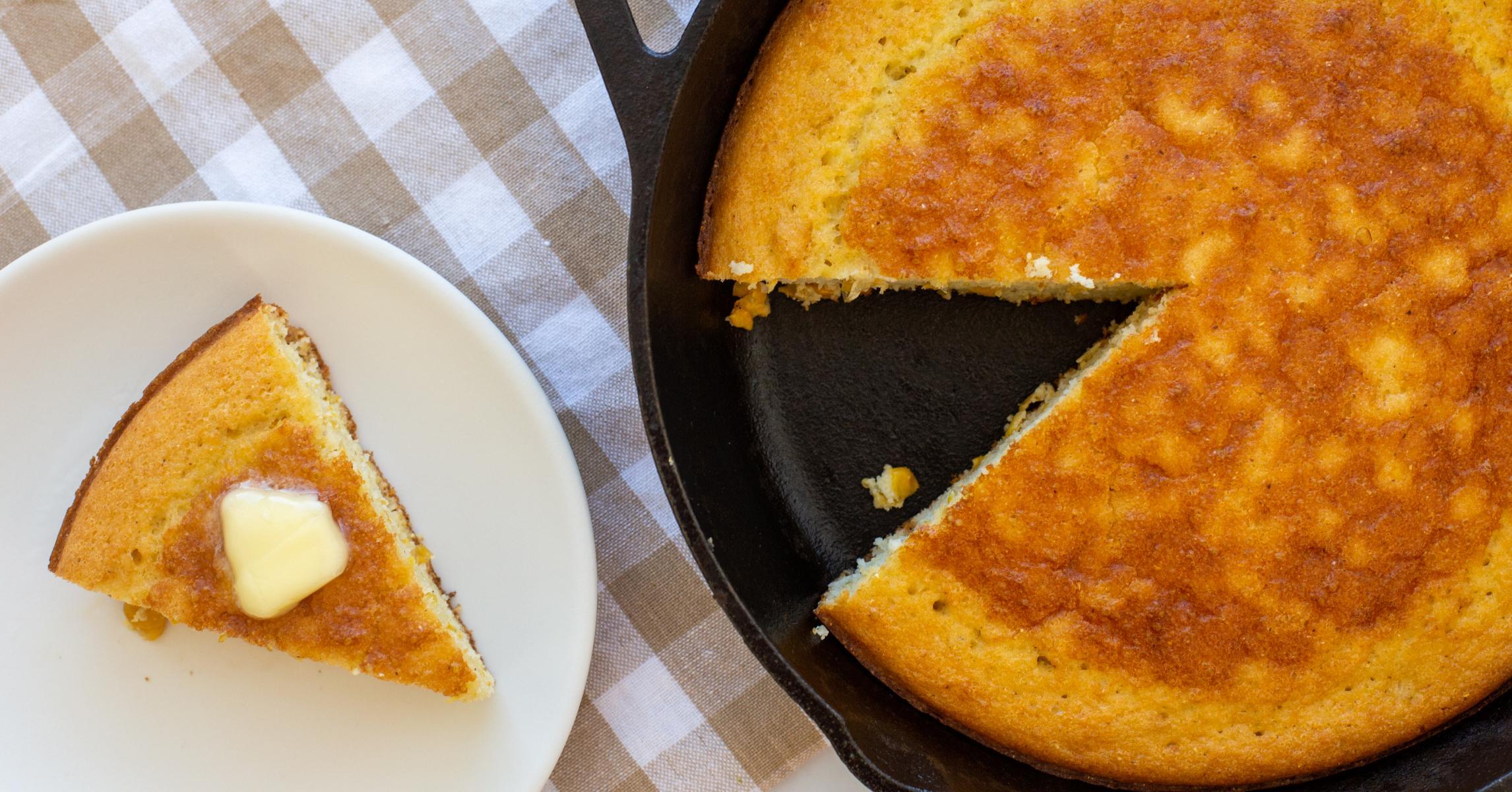
- 1 cup cornmeal
- 1 cup all-purpose flour
- 1 teaspoon baking powder
- 1 teaspoon salt
- 1 cup milk
- 1 egg
- 2 tablespoons butter, melted
Instructions:
- Preheat your oven to 425°F (220°C).
- In a medium bowl, mix together the cornmeal, flour, baking powder, and salt.
- In a separate bowl, beat the egg and then add the milk and melted butter.
- Add the wet ingredients to the dry ingredients and stir until just combined.
- Pour the mixture into a greased 8-inch square baking dish.
- Bake for 20-25 minutes, or until the cornbread is golden brown and a toothpick inserted into the center comes out clean.
- Serve the cornbread warm, with butter or honey if desired.
Here are a few more recipes that were popular among pioneers and would still be good today: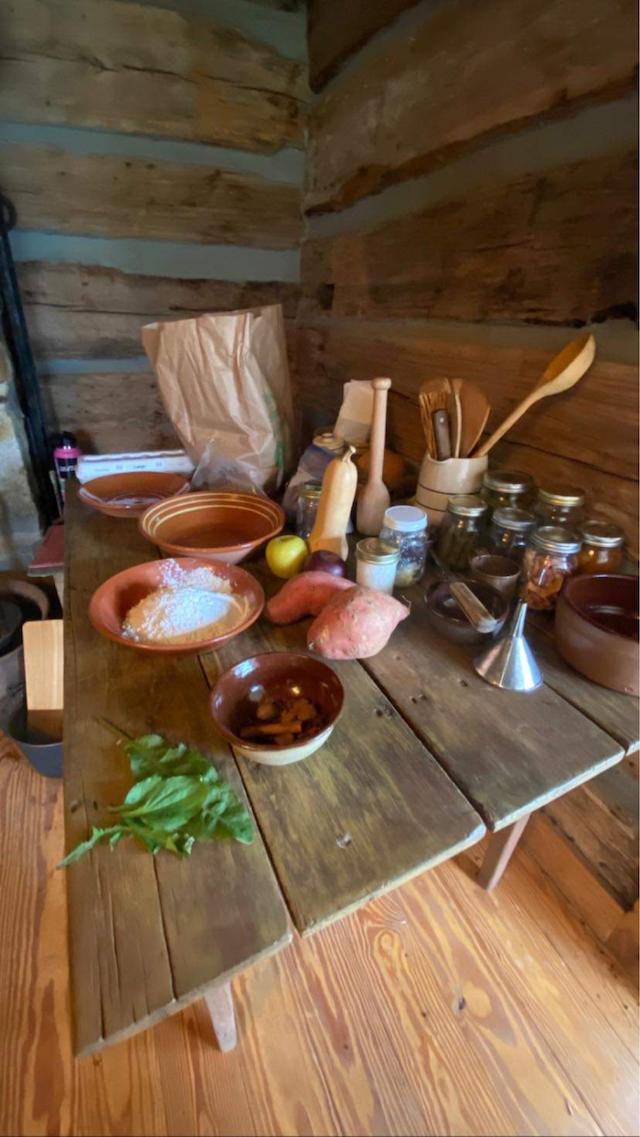
- Johnnycakes: Johnnycakes, also known as journey cakes or hoe cakes, were a staple food for pioneers because they were easy to make and required few ingredients. To make johnnycakes, mix together 1 cup cornmeal, 1 cup water, and a pinch of salt. Drop spoonfuls of the mixture onto a hot griddle or frying pan and cook until the edges start to dry and the bottom is golden brown. Flip and cook the other side until it is also golden brown. Serve the johnnycakes warm with butter and honey or syrup.
- Baked beans: Baked beans were another popular food among pioneers because they were easy to make and could be cooked in a pot over an open fire. To make baked beans, start by soaking a pound of dried navy beans in water overnight. The next day, drain the beans and place them in a pot with enough water to cover them. Add a chopped onion, a few cloves of minced garlic, a tablespoon of molasses, a teaspoon of mustard, and a few slices of bacon. Bring the mixture to a boil and then reduce the heat to a simmer. Cover the pot and simmer the beans for 2-3 hours, or until they are tender.
- Corn chowder: Corn chowder was a hearty and flavorful soup that was popular among pioneers. To make corn chowder, start by sautéing a chopped onion and a few cloves of minced garlic in a pot with some butter or oil. Add a diced potato, a cup of diced carrots, and a cup of corn kernels (fresh or frozen). Pour in enough chicken or vegetable broth to cover the vegetables and bring the mixture to a boil. Reduce the heat to a simmer and simmer the chowder for 20-30 minutes, or until the vegetables are tender. Stir in a cup of milk or cream and a handful of chopped herbs (such as parsley or chives) before serving.
There are several meat dishes that were popular among pioneers that would still be good today. Here are a few ideas:
- Venison stew: Venison, or deer meat, was a common protein source for pioneers. To make venison stew, start by cutting a pound of venison into small cubes and tossing them with flour, salt, and pepper. Heat some oil or fat in a pot or Dutch oven and brown the venison on all sides. Add a chopped onion, a few cloves of minced garlic, and a diced carrot to the pot and sauté until the vegetables are tender. Pour in enough beef or venison broth to cover the meat and vegetables and bring the mixture to a boil. Reduce the heat to a simmer and simmer the stew for 1-2 hours, or until the meat is tender. Stir in some chopped herbs (such as parsley or thyme) before serving.
- Grilled wild turkey: Wild turkey was another common protein source for pioneers. To grill a wild turkey, start by soaking the bird in a brine solution (made by mixing together salt, sugar, and water) for several hours or overnight. This will help to tenderize the meat and add flavor. Preheat your grill to medium-high heat and pat the turkey dry. Rub the turkey with oil and season it with your desired spices (such as paprika, garlic powder, and onion powder). Grill the turkey for 20-30 minutes per pound, or until the internal temperature reaches 165°F (74°C). Let the turkey rest for a few minutes before carving and serving.
- Jerky: Jerky was a popular snack among pioneers because it was portable and could be made from a variety of meats (such as beef, venison, or buffalo). To make jerky, start by slicing the meat into thin strips. Mix together a marinade by combining soy sauce, Worcestershire sauce, brown sugar, and your desired spices (such as garlic powder and onion powder). Marinate the meat in the mixture for at least 4 hours or overnight. Preheat your oven to 175°F (80°C) and place the meat strips on a wire rack placed over a baking sheet. Bake the meat for 4-6 hours, or until it is dry and firm to the touch. Let the jerky cool completely before storing it in an airtight container.
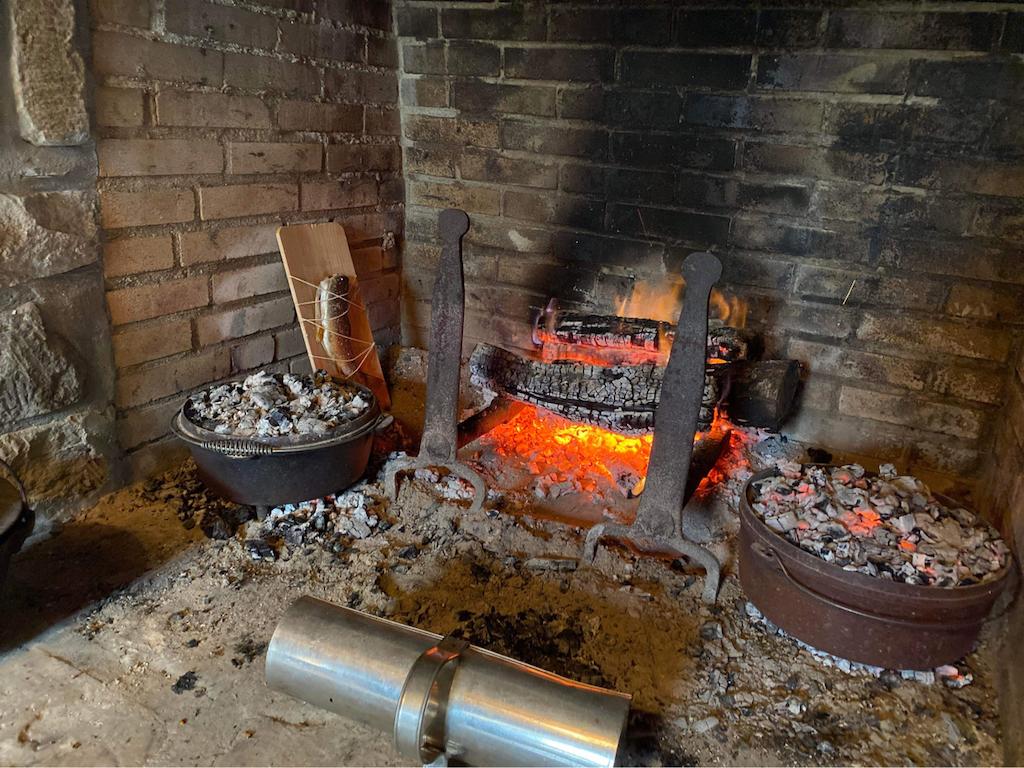
Pioneers used a variety of vegetables in their cooking, depending on what was available in their region. They often cooked their vegetables in a pot or Dutch oven over an open fire or on a wood-burning stove. Some common vegetables that were used by pioneers include:
- Potatoes: Potatoes were a staple food for pioneers because they were easy to grow and store. They could be cooked in a variety of ways, such as boiled, roasted, or mashed.
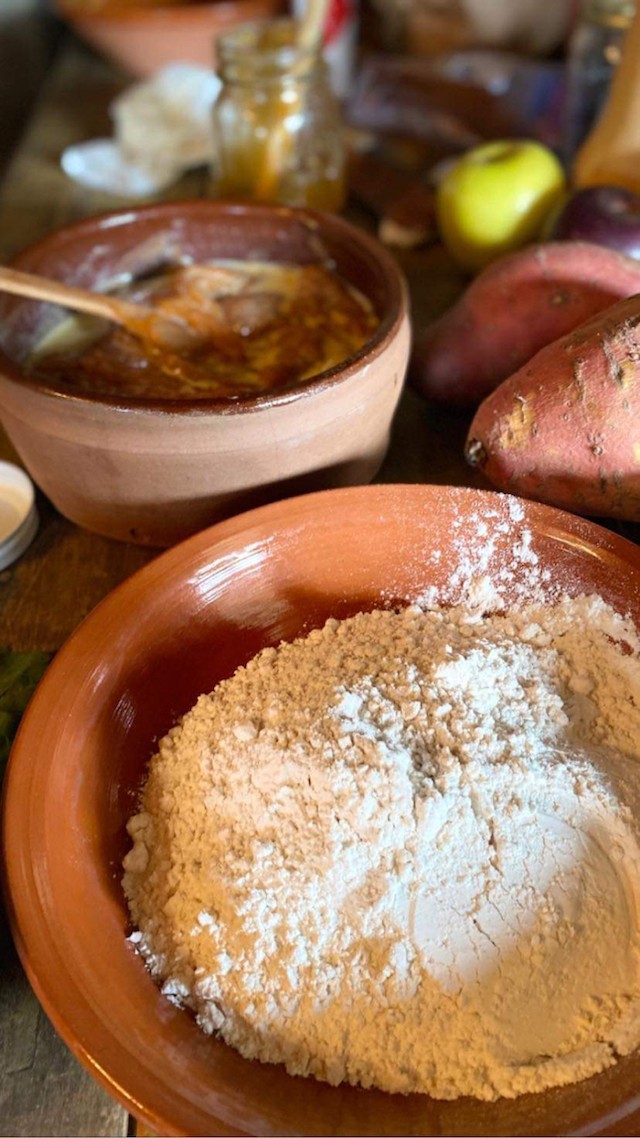
- Carrots: Carrots were another common vegetable among pioneers because they were easy to grow and could be stored for long periods of time. They could be cooked in a variety of ways, such as roasted, boiled, or added to soups and stews.
- Onions: Onions were a common ingredient in many pioneer dishes because they added flavor and could be stored for a long time. They could be cooked in a variety of ways, such as sautéed, roasted, or added to soups and stews.
- Peas: Peas were another common vegetable among pioneers and could be cooked fresh or dried and stored for later use. They could be cooked in a variety of ways, such as boiled, roasted, or added to soups and stews.
- Beans: Beans were a common protein source for pioneers and could be cooked fresh or dried and stored for later use. They could be cooked in a variety of ways, such as boiled, roasted, or added to soups and stews.
We hope these ideas inspire you to try some pioneer-style dishes!
Article and Photos: Claudia Johnson, Honest Abe Log Homes
Cornbread photo: Lodge Cast Iron
Open Hearth Cooking Presentation: Kelly Fisk Hamblin, Executive Director and Founder of Wolf Gap, a 501c3 nonprofit History & Nature Education Center and Green Space in Giles County, Tennessee. Hamblin’s parents are Honest Abe Log Homes homeowners.

